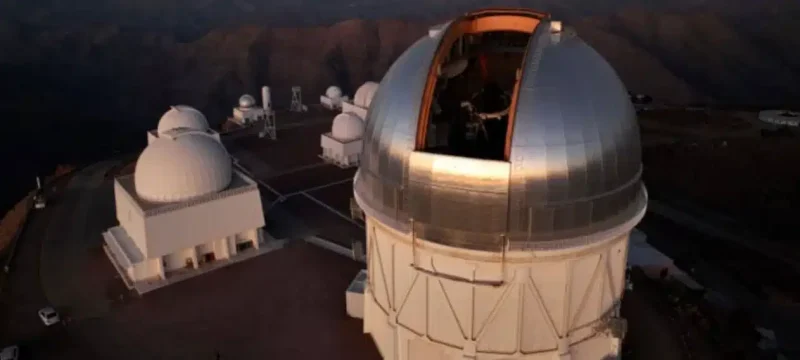The Vera C. Rubin Observatory, boasting a resolution surpassing 3.2 gigapixels and weighing nearly three tons, is poised for installation in the pristine skies of northern Chile.
The components needed for the observatory’s assembly, including the ground-based telescope and the colossal camera, made their journey to the summit of Cerro Pachón in the Coquimbo region.
Stuartt Corder, chief science officer of the AURA association and deputy director of the NOIRLab center, confirmed that all necessary equipment for operations has reached the summit and awaits installation later this year.
The Rubin Observatory comprises an intricate system featuring an eight-meter wide-field telescope, the massive camera, and an automated data processing system.
Also Read: New Analysis Reveals Venus Has More Volcanic Activity Than Previously Known
Expected to generate a staggering 20 terabytes of data nightly, the observatory’s decade-long mission aims to compile a catalog database totaling 15 petabytes.
The primary objectives include unraveling the mysteries of dark energy and dark matter, exploring potential asteroid threats to Earth, and studying celestial bodies in proximity to the sun.
Corder expressed anticipation for the commencement of the observatory’s mission, emphasizing its potential to deepen our understanding of the universe’s origins and future evolution.
While the findings may align with existing knowledge, they will refine our comprehension of the cosmos, offering new insights into its complexities.
AURA, a consortium of U.S. institutions and international affiliates, manages astronomical observatories for the National Science Foundation and NASA, including the NOIRLab center.
Chile’s Atacama Desert, renowned for its clear skies, hosts a significant portion of the world’s astronomical investments, facilitating groundbreaking research and discovery.







